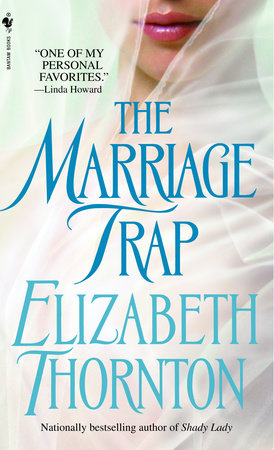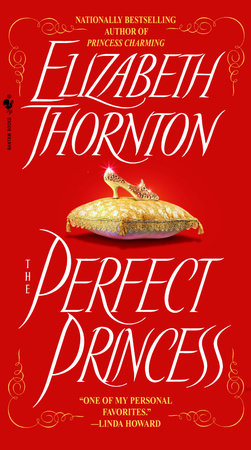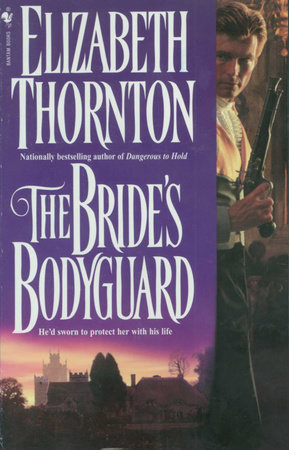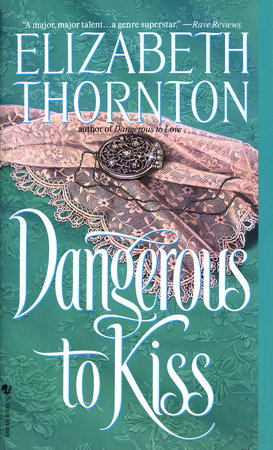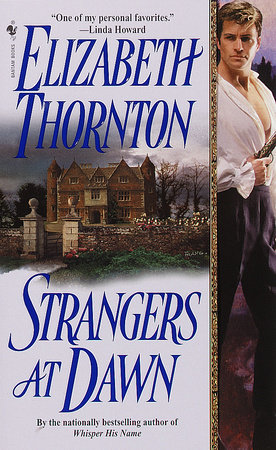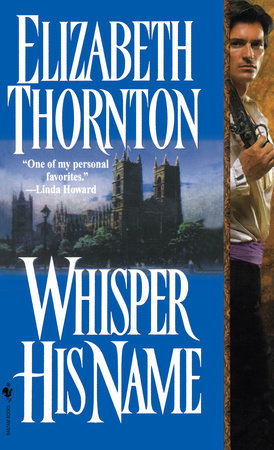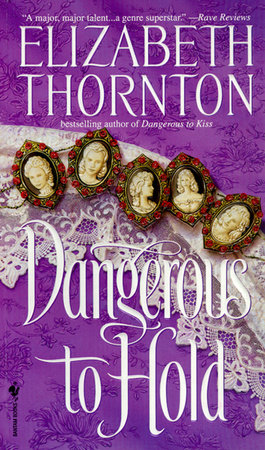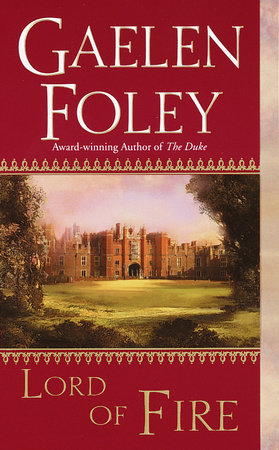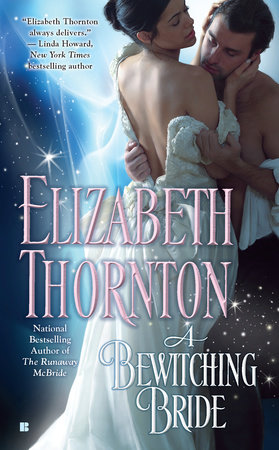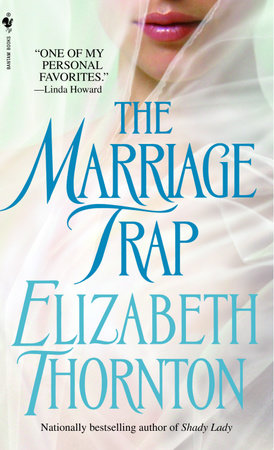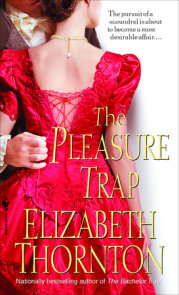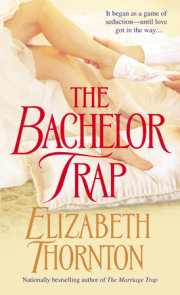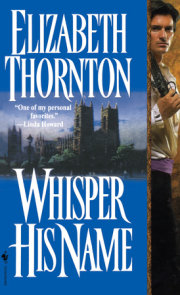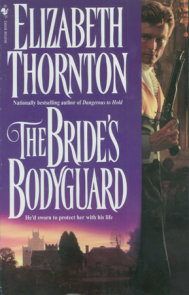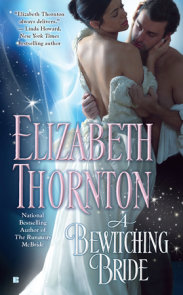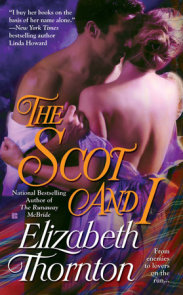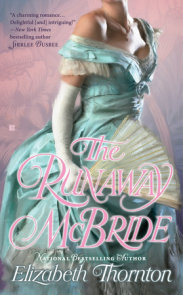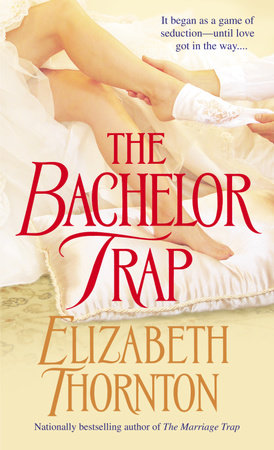Author Q&A
Q: When you researched a Lady at the gaming tables, were there any such ladies in this period in history or are Aurora and her card playing ways purely fiction?
A: Yes, ladies did go gambling during this period, but only the dashers, such as Aurora. The original Almack’s, the precursor of Brooks, opened in 1759 at 49 Pall Mall. Among its patrons were the Dukes of Hamilton, Portland and so on, so the people who frequented it were wealthy. Almack’s differed from other gambling clubs because ladies also were admitted to the gambling tables. It was not unusual for patrons to lose anything from ten to fifteen thousand pounds in an evening — so wrote Horace Walpole in 1770.
Other prestigious clubs where gambling was permitted were White’s and, later, Brooks and a plethora of others that were for gentlemen only.
Those were the clubs. There were, in addition, many gambling houses, some of which were owned and operated by women — Lady Mornington, Lady Cassilis, and Lady Archer for a start. There were two duchesses whose names I forget who also opened their houses for gambling. Christopher Hiebert, The English, A Social History, states: “Gambling was not confined either to the rich or to gentlemen.” (P. 373)
We know, for example, that the Duchess of Devonshire and her sister were compulsive gamblers and were constantly in debt for enormous sums of money. The duchess died in 1805, still in debt, and terrified that her husband would find out.
This is approximately when the Regency began. Fifty years later, when Victoria reigned, these goings-on were not tolerated so they went underground.
The Palais Royal was a known den of every vice going. English visitors were shocked by its depravity — and visited it in the thousands! In 1816, there were 18 gaming houses in this vast three storied building. I’m betting that at least one of them allowed women to play. As for Cribbage — that was an English game and had its origins in Tudor times.
What the heck? I’m the writer. I say that this particular house in my book catered to English tourists and allowed well-heeled females like Aurora to play any card game they wanted. Everything else, the house’s employees, etc., comes from my research.
You may want to refer to these books:
Blyth, HenryHell and Hazard
Burford, E.J.Royal St. James’s (index “gambling”)
Hiebert, Christopher.The English, A Social History, 1066 — 1945 (index “gambling”)
Kennedy, CarolMayfair, A Social History (index “gambling”)
MacDonald, Violet M. (trans.) Daily Life in France Under Napoleon
Plowden, Alison.Lords of the Land (See ‘house of Cavendish’)
And for sheer enjoyment, read Georgette Heyer’s novel, Faro’s Daughter.
Q: Did you use a model for your tall, dark and very handsome Jack Riggs? Who is it? What about him inspired you?
A: I don‘t model my heroes on actors or real people. The one exception would be Richard Maitland who appears in three of my books. I found as he developed that he was becoming more and more like me, you know, a cranky, blunt, unromantic Scot. His character was already set when he became the hero of his own book, The Perfect Princess, so what I had to do, then, was find the ideal mate for him — Lady Rosamund DeVere.
That’s how I get my characters. In The Marriage Trap, I began with Ellie. She is a composite of the many young Quaker women I knew in the seventies, when I sojourned with the Quakers for a while. She is free-spirited but has strong convictions about doing what’s right. She is innocent and, not worldly — but practical. It would take a special kind of man to keep her out of trouble. Enter Jack Rigg, a seasoned soldier, a man of honor, who is jaded by the prevailing modes and manners of Regency England. They are made for each other.
Q: What books are you working on next?
A: I am hard at work on The Bachelor Trap which is the story of Brand Hamilton, Jack’s friend from The Marriage Trap. After that will come Ash’s book.
Q: What is your favorite book you wrote?
A: This is hard. I know which is my least favorite book and that is always the one I am working on. Nothing seems to go right. The dialogue is wooden. The characters are wrong for each other, etc., etc. It amazes me, when I get the book finished and after reading it over, I think it’s the best thing I’ve ever done.
However, If I had to choose, I’d say The Perfect Princess and Scarlet Angel because I fell in love with the leading characters. Incidentally, Scarlet Angel will be re-issued by Zebra in October this year.
Q: What inspires you? How do you come up with the ideas for your stories?
A: I’ve mentioned character, but it can be anything. I’m very susceptible to places. On a holiday to Cornwall, for example, my husband and I visited St. Michael’s Mount, a castle jutting into the ocean with a causeway that was submerged during high tide. My agile mind peopled the scene with fictitious characters, and Scarlet Angel was born.
You’ll see what was running through my mind if you read pp.232 — 245 of Scarlet Angel.
The Palais Royal in Paris had the same effect on me and I’ve used that setting in several stories.
Also, London, my favorite city. Then, there’s Bath and Brussels and so it goes on. My characters are already there, waiting for me to get their stories down on paper.
Q: What can you tell us about the remaining books in the trilogy?
A: The second book in the trilogy, The Bachelor Trap, has Brand Hamilton for its hero. Brand is the base-born son of a duke, a self-made man now, but with a big chip on his shoulder. In his time, he has met with a lot of prejudice. I think I found the perfect match for him in prim and proper earl’s daughter, Lady Marion Dane. Marion is not all she appears to be as Brand begins to discover when they join forces to solve an old mystery and catch a killer.
The third book, provisionally entitled, The Bride’s Trap or The Debutante’s Trap, is Ash’s story — Ash, the rake and man-about-town who is the darling of society. I’m still working on the perfect mate for him.
Any ideas?
Q: How did you get started in writing?
A: I picked up a novel by Georgette Heyer at a church bazaar and was entranced. I loved the humor and lively dialogue in her stories. I began to look for other stories like hers and found the romance section in my local bookstore. Until then, I’d been hooked on murder mysteries. I read everything, voraciously, from Harlequins to the huge historicals. My respect for writers of romance was immense.
The prod came from my husband and son. They were writers and persuaded me to give it a try. So I did. And my first manuscript, Bluestocking Bride, was accepted by Zebra and published in 1987.
And I’ve never looked back.
Q: What is your writing schedule like?
A: I’m at my desk by 8:00 a.m. every morning, take a short break for lunch and a quick nap and write until about 4:30 p.m. when my brain gives out.
Of course, when I’m needed to help out with my grandchildren, I take the time to do it. They grow up so fast.
And when deadlines approach, I work flat out, even during weekends.
Q: Do you have a blog? If yes, where is it located?
A: Not yet, but I’m thinking about it.
Happy reading!
Warmest regards,
Elizabeth Thornton
Q&A created and compiled by Romance Designs. Visit them at www.romancedesigns.com
